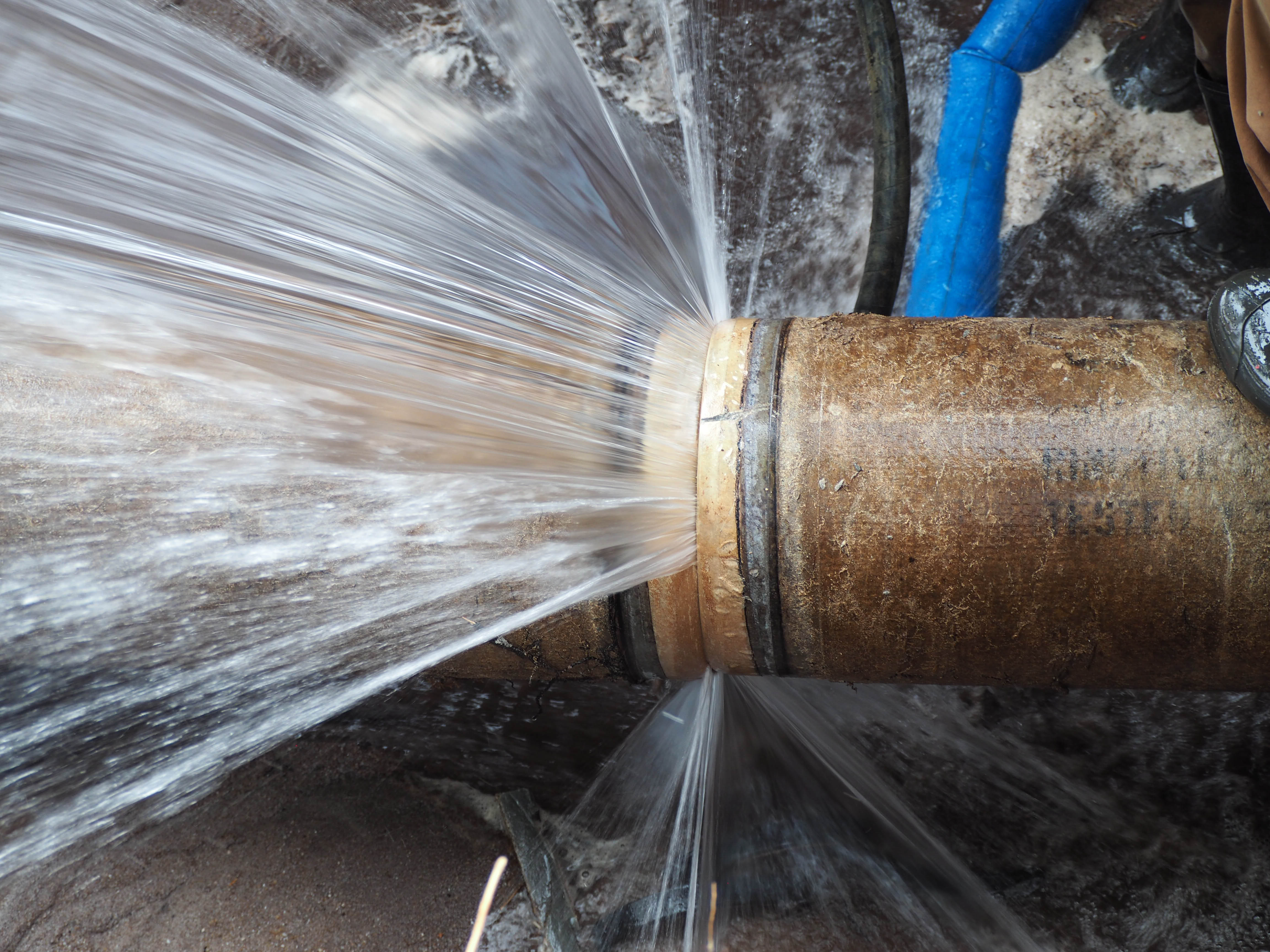Just how do you feel in regards to How to prepare your home plumbing for winter weather?

Cold weather can wreak havoc on your pipes, especially by freezing pipelines. Here's exactly how to avoid it from happening and what to do if it does.
Introduction
As temperatures decline, the danger of icy pipes boosts, possibly leading to expensive fixings and water damage. Recognizing how to stop icy pipelines is critical for homeowners in cold climates.
Avoidance Tips
Protecting vulnerable pipes
Wrap pipelines in insulation sleeves or utilize heat tape to secure them from freezing temperatures. Focus on pipelines in unheated or outside locations of the home.
Heating strategies
Keep indoor areas properly heated, especially areas with pipes. Open up closet doors to permit warm air to distribute around pipes under sinks.
How to identify frozen pipes
Seek lowered water circulation from faucets, unusual smells or sounds from pipes, and noticeable frost on exposed pipes.
Long-Term Solutions
Architectural changes
Consider rerouting pipelines far from outside wall surfaces or unheated locations. Include extra insulation to attics, basements, and crawl spaces.
Upgrading insulation
Invest in top notch insulation for pipelines, attic rooms, and wall surfaces. Correct insulation assists preserve constant temperature levels and decreases the danger of frozen pipelines.
Shielding Exterior Pipes
Garden hoses and outdoor taps
Detach and drain yard pipes before wintertime. Set up frost-proof spigots or cover exterior faucets with shielded caps.
Comprehending Frozen Pipelines
What causes pipes to freeze?
Pipes freeze when exposed to temperature levels listed below 32 ° F (0 ° C) for expanded durations. As water inside the pipelines ices up, it increases, taxing the pipeline walls and potentially creating them to rupture.
Threats and damages
Icy pipes can cause water supply interruptions, residential or commercial property damages, and costly fixings. Ruptured pipelines can flood homes and cause comprehensive structural damage.
Indications of Frozen Water Lines
Recognizing frozen pipes early can stop them from rupturing.
What to Do If Your Pipelines Freeze
Immediate activities to take
If you think icy pipes, keep faucets open up to ease stress as the ice melts. Utilize a hairdryer or towels taken in warm water to thaw pipelines slowly.
Final thought
Stopping icy pipes calls for aggressive actions and quick responses. By recognizing the causes, indicators, and preventive measures, homeowners can secure their plumbing during winter.
6 Proven Ways to Prevent Frozen Pipes and Protect Your Home
Disconnect and Drain Garden Hoses
Before winter arrives, start by disconnecting your garden hoses and draining any remaining water. Close the shut-off valves that supply outdoor hose bibs and leave the outdoor faucet open to allow any residual water to drain. For extra protection, consider using faucet covers throughout the colder months. It’s also important to drain water from any sprinkler supply lines following the manufacturer’s directions.
Insulate Exposed Pipes
Insulating your pipes is an effective way to prevent freezing. Pipe insulation is readily available at home improvement stores and is relatively inexpensive. Pay close attention to pipes in unheated areas such as the attic, basement, crawl spaces, or garage. Apply foam insulation generously to create a buffer against the cold. You can also wrap your pipes in heat tape or thermostat-controlled heat cables for added warmth.
Seal Air Leaks
Inspect your home for any cracks or openings that could let in cold air. Seal any holes around the piping in interior or exterior walls, as well as the sill plates where your home rests on its foundation. Additionally, make sure to keep your garage door closed unless you’re entering or exiting. Leaving it open creates a significant air leak that can lead to frozen pipes.
Allow Warm Air Circulation
During cold snaps, it’s essential to allow warm air to circulate evenly throughout your home. Leave interior doors ajar to promote better airflow. Open kitchen and bathroom cabinets to help distribute heat consistently around the rooms. If you have small children or pets, be sure to remove any household chemicals or potentially harmful cleaners from open cabinets for safety.
Let Faucets Drip
A small trickle of water can make a big difference in preventing ice formation inside your pipes. When temperatures drop significantly, start a drip of water from all faucets served by exposed pipes. This continuous flow helps prevent the water from freezing. Additionally, running a few faucets slightly can relieve pressure inside the pipes, reducing the chances of a rupture if the water inside does freeze.
https://choateshvac.com/6-proven-ways-to-prevent-frozen-pipes-and-protect-your-home/

I discovered that piece of writing on Preventing and dealing with frozen pipes while looking around the search engines. Are you aware of anybody else who is fascinated by the subject? Take a moment to promote it. Thanks for taking the time to read it.
Further Details